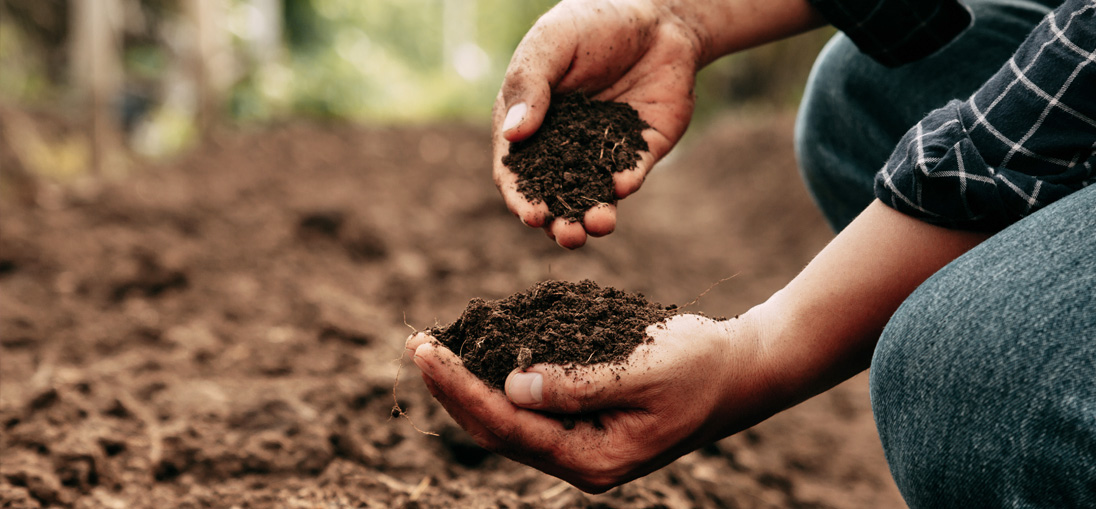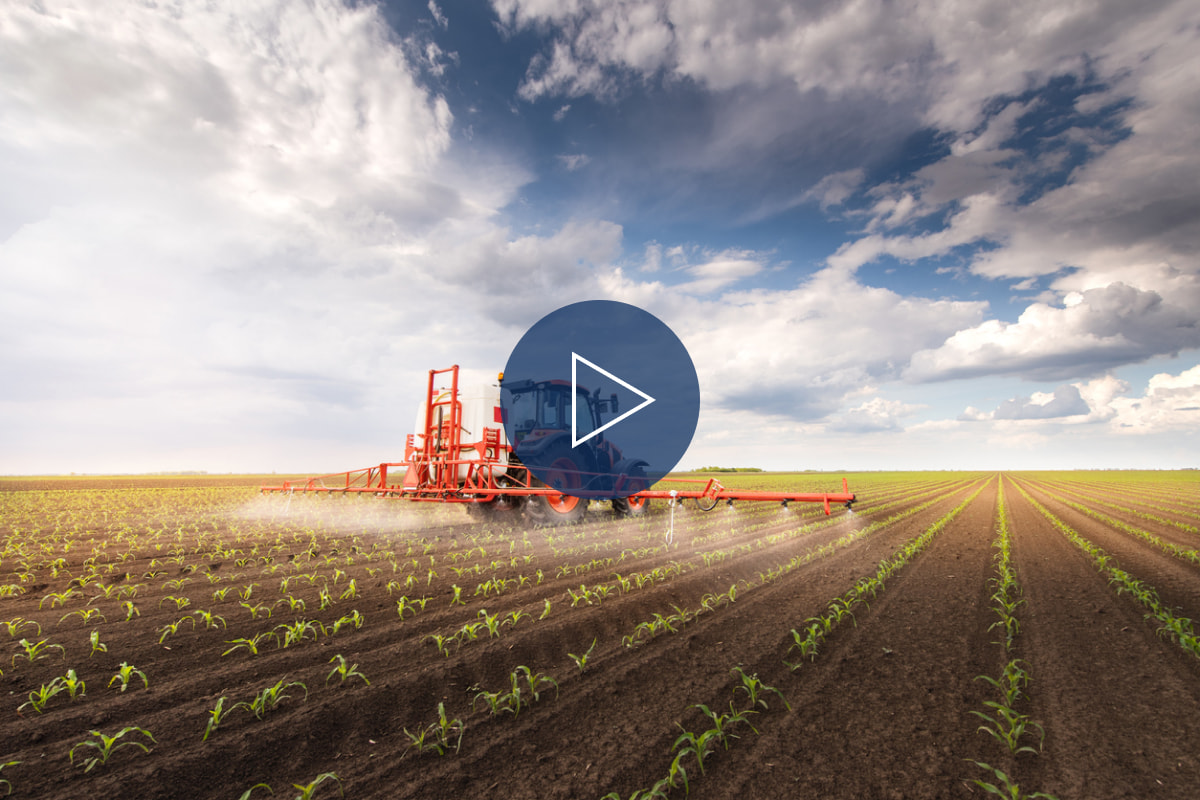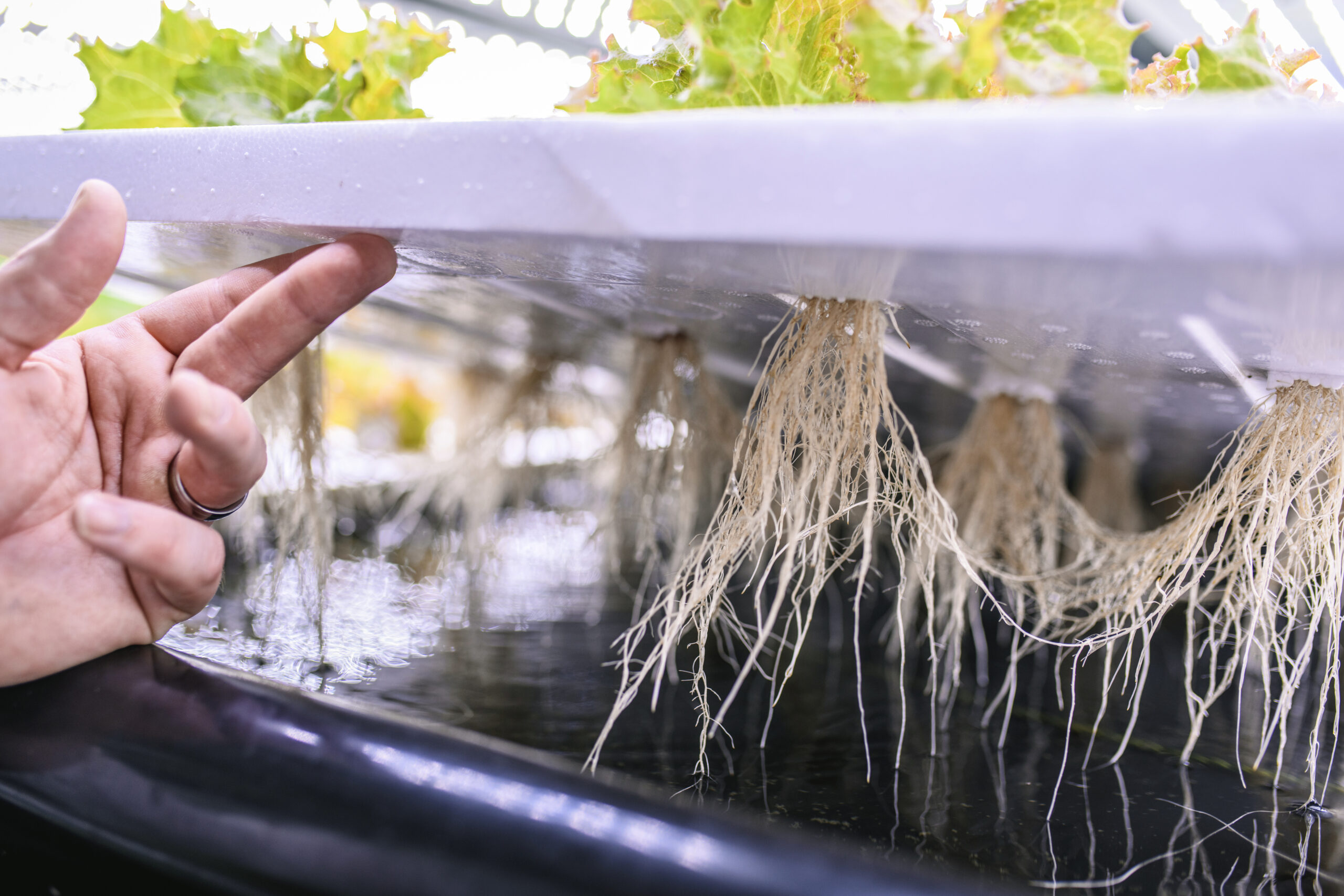Tag: less fertiliser
Soil health becomes a legal matter
How can biostimulants help against rising fertiliser costs?
Get in touch with our specialist team to see how our products could reduce your fertiliser costs at customer.services@maxstim.com or 01252 279935.
How biostimulants can help solve the fertiliser problem
We’ve previously shared with you our insight on the effect of biostimulants on plants in the context of the global over usage of fertilisers.
We’ve looked at the need for biostimulants as a way to enable plants to better use the nutrients available to them, therefore allowing producers to use less fertilisers, the effect of biostimulants on plant roots, how they can reduce nitrogen requirement, and most recently their influence on soil structure and the microbial activity in soil.
In this final article we round up our conclusions on the effect and opportunity of biostimulants to help reduce global fertiliser consumption. And share the insights we’ve evidenced using Maxstim biostimulants in trials.
Can plant biostimulants improve microbial activity in soil?
There are a number of strategies where biostimulants can help the fertiliser problem.
Our previous articles gave insight to the fertiliser problem we are facing globally and demonstrated the nitrogen cycle. We introduced the need for biostimulants as a way to enable plants to better use the nutrients available to them, therefore allowing producers to use less fertilisers , the effect of biostimulants on plant roots and how they can reduce the nitrogen requirement.





